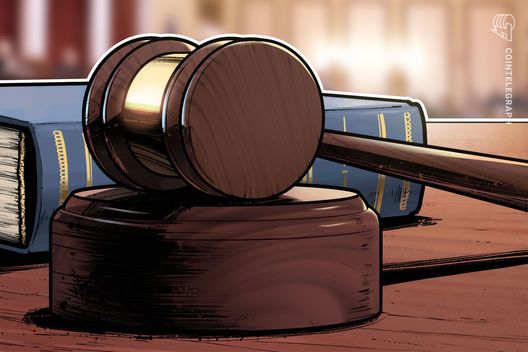After 18 tense days in a Manhattan federal courtroom, the high-profile U.S. v. Peraire-Bueno trial has ended in a mistrial.
Judge Jessica G.L. Clarke declared the outcome late Friday, citing a deadlocked jury unable to reach a unanimous verdict on charges of wire fraud and money laundering. Challenges seen in the case are to some extent similar to what happened between the Department of Justice and Tornado Cash.
$25 Million Trial Tests Whether Code Can Be a Crime
The case centered on two MIT-educated brothers, Benjamin and Noah Peraire-Bueno, accused of orchestrating an exploit on Ethereum’s Maximal Extractable Value (MEV) system.
Ethereum MEV is a core mechanism that determines how transactions are ordered in blocks. Prosecutors alleged the pair executed so-called “sandwich attacks”, manipulating transaction sequencing to siphon roughly $25 million from other traders.
Matthew Russell Lee of the Inner-City Press described the case as one of the most technically complex crypto cases to date, testing the boundaries between algorithmic opportunism and criminal intent.
Reportedly, defense attorneys argued that the brothers leveraged public blockchain code, conduct they claimed was “within the rules of the system.” Prosecutors, however, painted the scheme as a calculated digital heist disguised as clever coding. The mistrial was declared after three days of jury deliberations.
Throughout the trial, jurors struggled to understand how to interpret mens rea, or criminal intent, in the context of decentralized finance (DeFi).
Code vs. Intent — The Legal Grey Area Exposed by the Mistrial
According to courtroom transcripts shared by Lee, defense lawyer Looby argued that “the government didn’t want this description of intent in there,” emphasizing that the accused believed they were acting within the technical framework of Ethereum rather than committing a traditional fraud.
The prosecution countered that the defendants acted with “wrongful purpose,” exploiting a system designed for transparency to deceive and enrich themselves.
Judge Clarke noted that under existing statutes, “there is no requirement that the defendants knew their actions were illegal.”
The mistrial now leaves both regulators and developers with a difficult precedent, or lack thereof. The Peraire-Bueno case could have set a landmark judgment on whether code-based exploits in decentralized networks can be prosecuted under conventional fraud laws.
Instead, it ends with ambiguity. The Department of Justice has not yet announced whether it will seek a retrial. DeFi advocates could call the outcome a victory for open systems and innovation.
To some extent, this case mirrors the challenges seen with the Tornado Cash case. As the case centered on decentralization, it sparked debate on regulating blockchain tied to criminal misuse.
As it initially happened, a US federal appeals court struck down sanctions imposed by the Treasury Department on Tornado Cash.
The post Mistrial in $25 Million Ethereum ‘Sandwich Bot’ Case Puts Code and Value on Trial appeared first on BeInCrypto.



























 24h Most Popular
24h Most Popular






 Utilities
Utilities